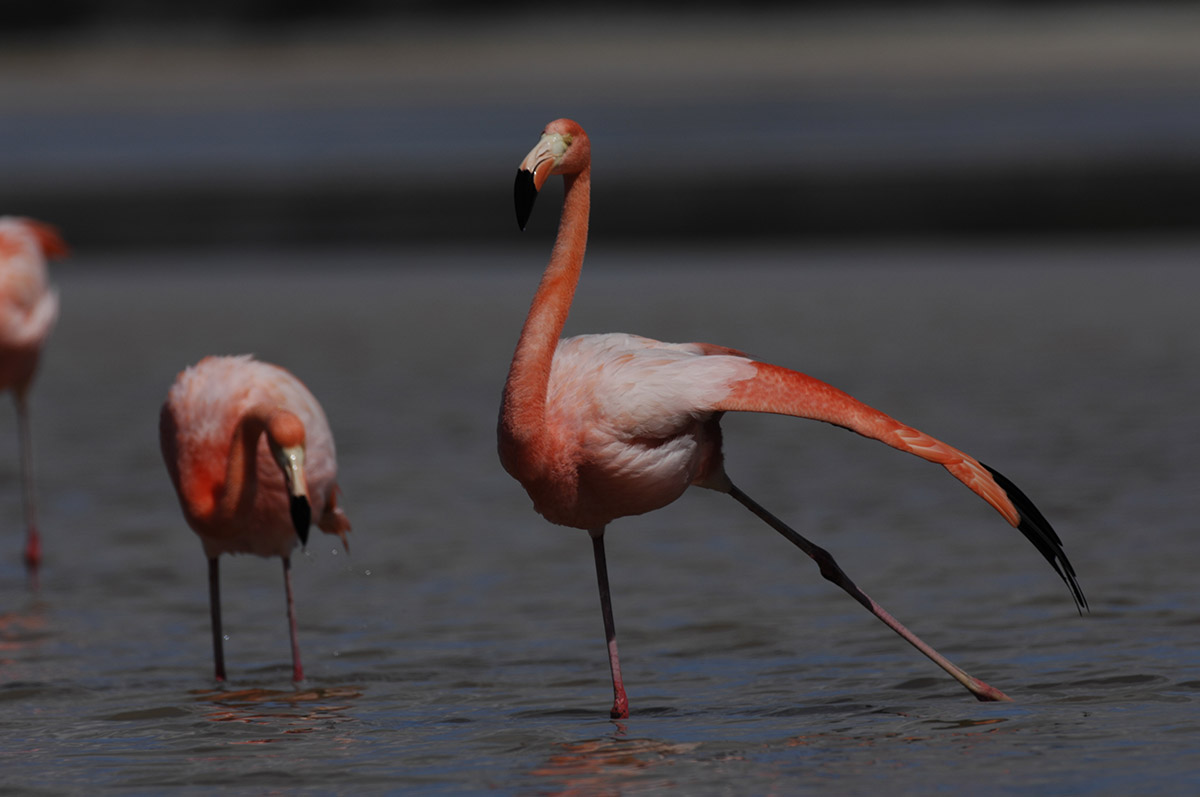Embark on an unforgettable exploration of the Galápagos Islands aboard the Galapagos Sky, a diving cruise that showcases the best this region has to offer. Dive into the depths around remote islands such as Darwin and Wolf, renowned for encounters with hammerhead and whale sharks, rays, turtles, and a plethora of marine species. These islands are also home to unique terrestrial wildlife, including seals, frigate birds, and marine iguanas. Please be aware that diving at Darwin and Wolf demands advanced skills, with a minimum of 50 logged open-water dives.
Experience the rugged lava landscapes of Fernandina and discover Isabela's prime snorkeling sites. Delight in snorkeling in pristine, crystal-clear waters and unwinding on untouched beaches frequented by sea lions on San Cristóbal. Gain insights into the evolution of giant tortoises on Santa Cruz and traverse historic trails and waters around Santiago. This journey promises an immersive encounter with the natural wonders and biodiversity of the Galápagos Islands.
Day by day
Map


